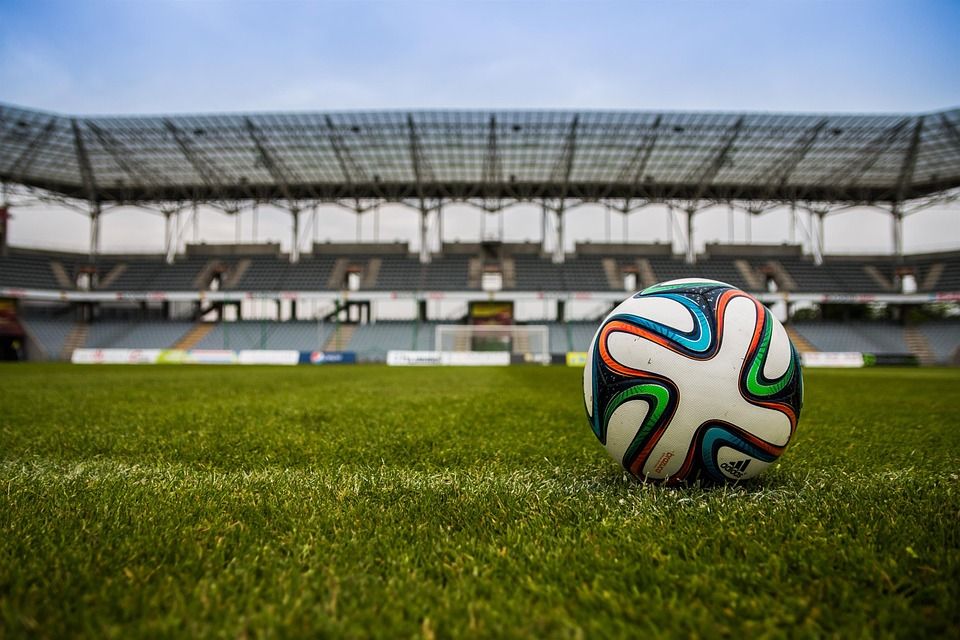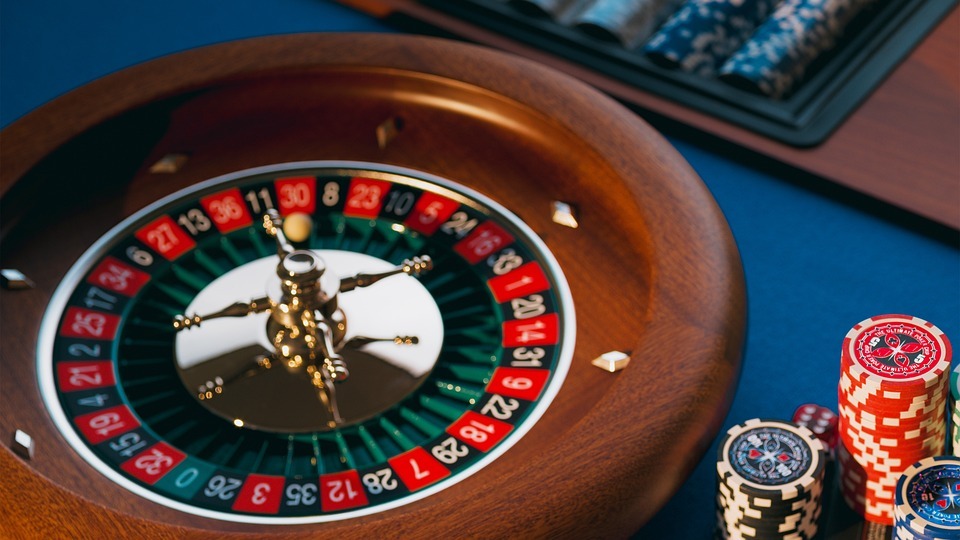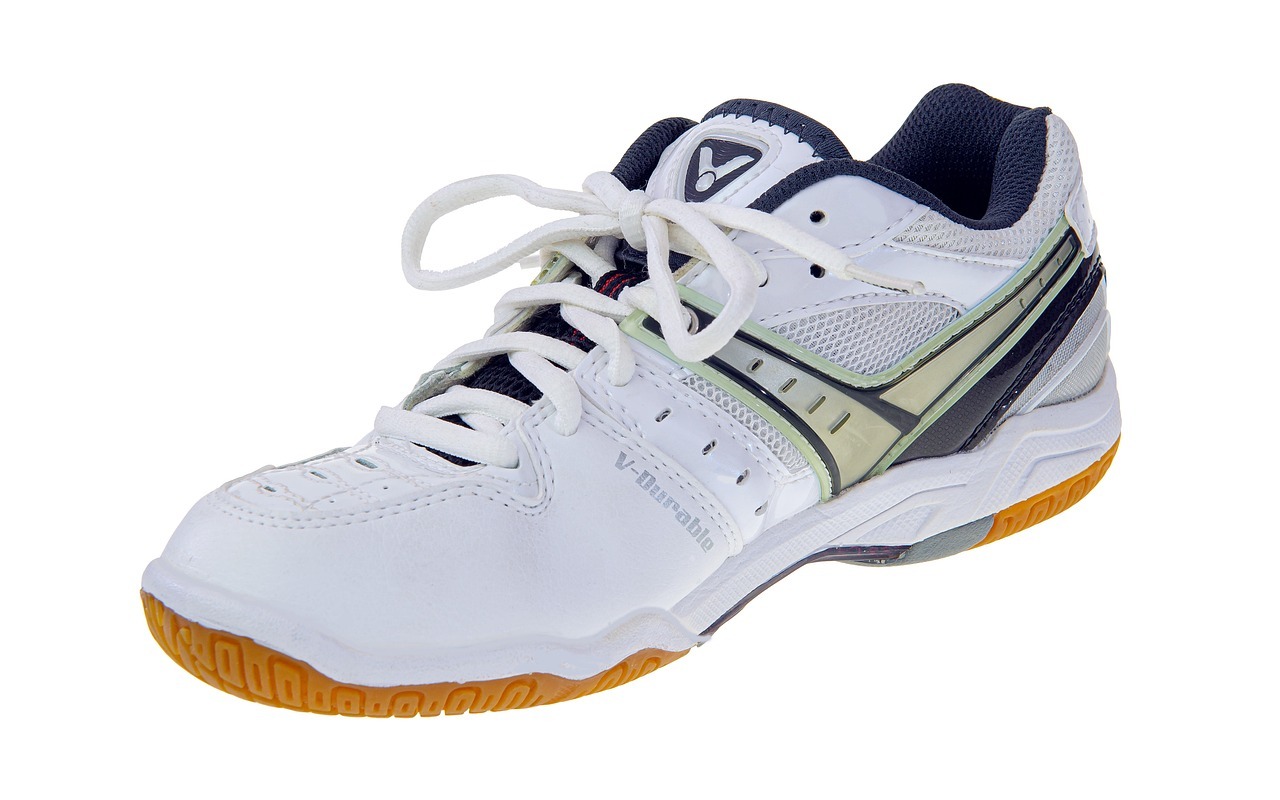A Comprehensive Guide to Mastering the Game Pickleball Rules

Pickleball, a paddle sport that combines elements of tennis, badminton, and table tennis, has taken the recreational world by storm. With its growing popularity, players need to understand the rules and regulations that govern the game. Whether you're a novice looking to learn the basics or a seasoned player aiming to refine your skills, this guide will provide you with a comprehensive overview of pickleball rules.
Court and Equipment
Court Dimensions
- A pickleball court is 20 feet wide by 44 feet long for both singles and doubles play.
- The court is divided into two equal sides by a net that extends across the width of the court, suspended at a height of 36 inches at the sidelines and 34 inches at the center.
Equipment
- Players use solid paddles made of wood, composite materials, or other approved materials.
- The ball used in pickleball is similar to a wiffle ball, with 40 round holes and made of plastic.
- Proper court shoes are recommended to ensure safety and optimal performance.
Basic Rules of Play
Serving
- The game begins with one side serving the ball diagonally to the opponent's service court.
- The serve must be underhand and made with the paddle below the waist.
- The server must stand behind the baseline and serve to the diagonally opposite service court.
Scoring
- Only the serving team can score points.
- Games are typically played to 11 points, and a team must win by 2 points.
- In doubles play, each player on a team serves until they commit a fault, after which the serve passes to the opposing team.
- Faults
- A fault occurs when a player fails to comply with the rules of the game.
Common faults include serving out of bounds, stepping into the non-volley zone while volleying the ball, or volleying the ball before it bounces once on each side of the net at the beginning of the point.
Advanced Rules and Strategies
Non-Volley Zone (Kitchen)
- The non-volley zone, also known as the kitchen, is a 7-foot area on either side of the net.
- Players are not allowed to volley the ball while standing in the kitchen, except under certain conditions, such as when the ball bounces in the kitchen.
Double Bounce Rule
- The double bounce rule requires that each team must allow the ball to bounce once on each side of the net before volleys are allowed.
- After the ball has bounced once on each side, players can volley the ball (hit it in the air) or play it off the bounce.
Faults in the Kitchen
- Stepping into the kitchen while volleying the ball is a fault.
- If a player steps into the kitchen but does not volley the ball, it is not considered a fault unless the player gains an advantage.
Strategies
- Positioning and movement are key components of pickleball strategy.
- Players should aim to control the kitchen line, placing themselves in a position to volley effectively and limit their opponents' opportunities.
Conclusion
Pickleball is a dynamic and engaging sport that offers players of all ages and skill levels a chance to enjoy friendly competition and physical activity. By understanding and adhering to the rules of the game, players can enhance their experience on the court and improve their overall performance. Whether you're playing for fun or aiming for victory, mastering the rules of pickleball is the first step toward becoming a skilled and competitive player.




